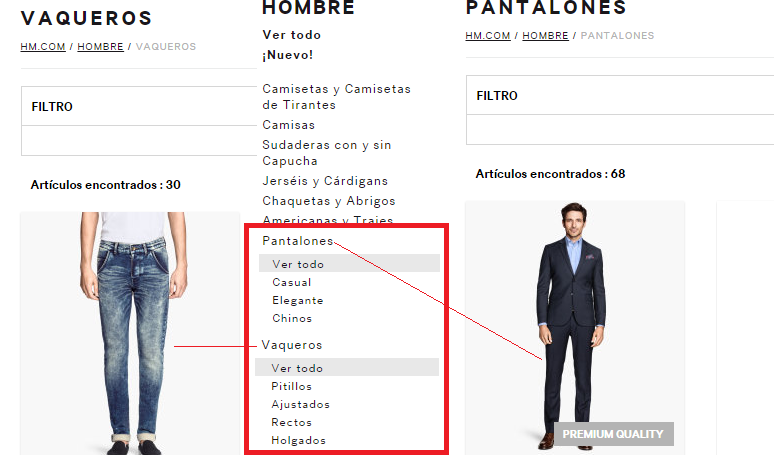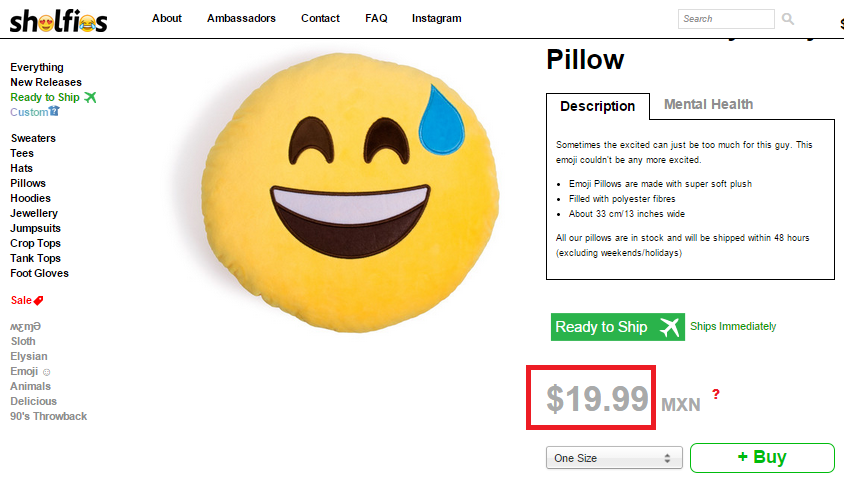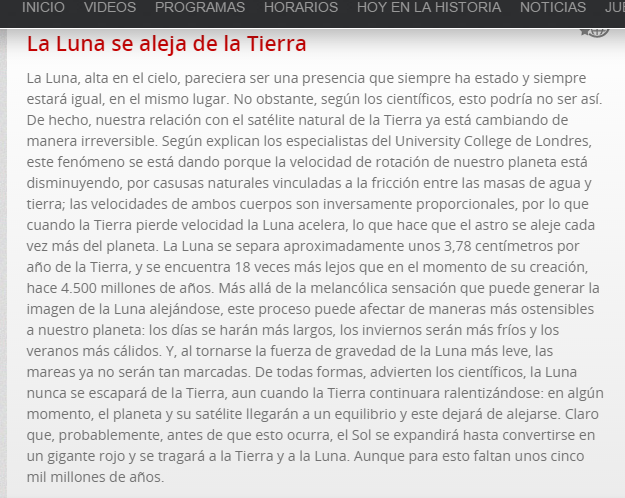Hispanic Marketing Mistakes
Puedes leer este post en español.
Hispanic Marketing Mistakes
Creating content in another language requires more than just creating quality content. You also need someone who fully understands the target language, and all the possible variations that exist, depending on geographic location. In this post, we will highlight a few areas that you should look out for when your website has been translated to Spanish.
The Importance of the Hispanic Market
The reason why so many online stores, blogs, service providers, and other sites have decided that they should have content in Spanish is because the size of the Hispanic market has grown in influence and purchasing power in the last few years. According to the report from Nielsen, for the second quarter of 2012, “In the United States alone, the purchasing power of the Hispanic American market would be recognized as one of the 20 most important economies in the world if it were considered an independent country.”
For that reason, the rest of the Hispanic countries online represent a great opportunity for successful companies, especially since Hispanics are increasingly open to buying online via e-commerce.
The real challenge is making your site in Spanish as successful as the original language version and avoiding obstacles that might affect the quality of your content.
It’s not only a question of literal translation, but being mindful of the details that connect with the people that speak that language. And, since it is simpler to tell you what not to do, here are some examples of sites that are making mistakes that are important to avoid when trying to engage this market. Please keep in mind that these websites were chosen because we like them, and only want to see them improve.
Context is King
Every language has its variations based on the region where it is spoken, and Spanish is no exception. There are words that describe things in Mexico, yet those same words refer to something totally different in Argentina. So, if you have a site that is not directed at a specific Spanish-speaking country, the best thing to do is to use terms that can best be described as universal.
Example:
H&M is a Swiss chain that offers fashion products online, and for several years, the online store has been available in Mexico. They have done an excellent job with their catalog prices, listing them in Mexican pesos, which is very helpful so customers don’t have to figure out the currency exchange to know how much they must pay.
Unfortunately, this has not extended to the translation of their catalogue
In their men’s clothing catalog, they use “vaqueros” to mean jeans, which doesn’t fit with our interpretation. In Mexico it would be “mezclilla”, or even “jeans”. Additionally, the classification system that they have for these pants doesn’t make sense either. Most local brands would simply split into formal/casual.
They could have resolved this issue with just a little market research, or even looking at keyword volume for Mexico in the Google Adwords platform
Leaving Pricing and Info the Language of Origin
This is very common for online stores. Their site and products are available for sale in different countries, but they don’t take the time to adapt the prices or product details in such a way that will ensure users have a better experience.
Example:
Shelfies is an online store with an assortment of fun products, which are available for purchase in Mexico. The first mistake is that they don’t have a site in Spanish. Worse still is that their prices are confusing to buyers, who assume that the indicated price is in Mexican pesos (MXN), just as it says, but when you click on “buy,” this message is displayed:
This is very confusing. Will the $19.99 pesos be converted to Canadian Dollars? Does the pillow really only cost 1.58 CAD (1.24 USD)?
If you intend to sell your product in other countries, the correct thing to do is consider what is most comfortable for your users, and try to make it simple enough so that they can enter, select items, and not have to translate or make any calculations to find out the actual prices.
Grammar Issues
Each language has its own rules, and if you have a site that is aimed at experts, it is very likely that they will notice these mistakes, which could cause you to lose credibility.
Example:
Hubspot is a web analytics and online marketing company written in English, so naturally, when they decided they wanted to reach Spanish-speaking users, the Spanish speaking world was excited, as their posts are read and shared by many people. It is obvious that they are making a good faith effort to reach Spanish speakers (Altura even contributed a post to their blog), and overall the content is good, but needs more attention to editing details.
In English capitalizing the first letter of every word in a title is considered a best practice. However in Spanish, the rule is to use lowercase (except for personal nouns, brands, etc.). In this case, the title capitalizes the first letter of every word, except for the preposition, de. It is not the worst spelling error in the world, but since this site is focused on people specialized in the field of marketing, all of these details must be covered.
Another mistake that we see here that is very common is the use of incorrect abbreviations. The letter “k” is used in English to signify thousands, but the same is not true in Spanish.
To their credit, when we showed them these errors, they immediately cleaned them up. Agile marketing is a beautiful thing!
Meaningless Content
If you decide to build a site in another language, try to provide the same quality content as in the original language. There’s no point in users logging into your new site and finding incorrect or poorly-written information.
Example:
The television channel, History Channel, has excellent broadcasting and its English site is no exception, but unfortunately, we cannot say the same for the Mexico and Latin America site. Apparently, the site in Spanish only has filler text because the news and novelties are always presented in an ordinary layout and with redundant information.
This is the format for all the news that you will find on their site for Mexico. Are you interested in reading it?
To provide quality content, you must study your audience, which Buzzfeed is doing. The reason why its success in Spanish is because it has not devoted all of its time to translating every single one of its posts, but rather, providing content suitable to its Latin audience.
Not Responding to Your Success in Spanish
There are several products and services that, despite being in their original language, are actually quite successful in Spanish-speaking countries. The biggest problem for these companies is not knowing what to do about it. If you’ve noticed that your users and your traffic have a significant presence in Latin countries, then respond and start broadening your objectives before another company decides to develop Spanish content and win over your users.
Example:
Buffer is a very successful application that manages social networks, but have you ever noticed that their blog, app, site, and correspondence are all in English? The best thing they could do is improve the experience of their users by providing content and advice in Spanish.
Here is an example of monthly searches in Spain, Mexico, Argentina, and Colombia for the keyword, “buffer app.”
And, we find 805,000 results in Spanish about “how to use buffer” because several blogs have taken on this subject matter.
Conclusion
So, if you decide to launch your site in Spanish, you now know that you must pay attention to the details. The best option is to have people in charge who are fluent in the language, and one or two that can review your content to avoid mistakes. Don’t neglect the user experience.
If you are an online store, conduct research about the terminology used in the country where you plan to launch, convert the prices to the local currency, alter the sizes or measurements to the system used in that country, translate the terms and conditions, etc.
Above all, pay attention to the needs and requests of this new audience that you hope to win over.













